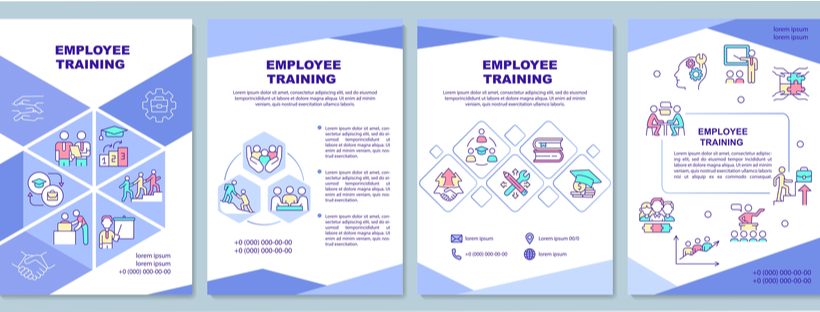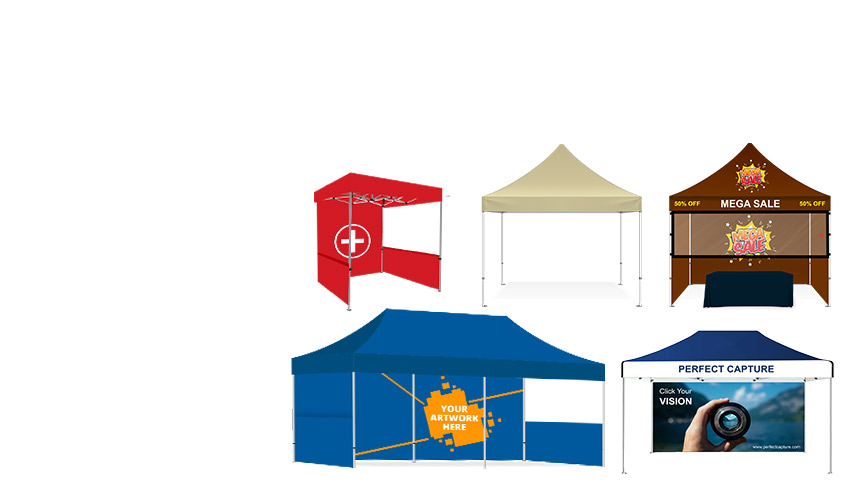Employees are the bedrock of successful businesses. As Entrepreneur Richard Branson famously said, “Customers come second, employees first.” While labor might seem like a cost on your sheet, investing in your staff trickles down to earning your business an impressive ROI.
However, we often view ‘investing in employees,’ in terms of monetary compensation. This is a one-dimensional way of thinking. Holistic employee development also requires fostering an employee-centric workspace, offering support to boost productivity, and training and upskilling the workforce regularly.
If you’re considering training your new and existing employees, here are some techniques to make this endeavor a success:
Devise an Employee Training Program

The first course of action is to design the best employee training program for your organization. When you’re designing a training program, consider the individual needs of your industry, and the resources you can allocate to the task. Make sure to put your program on paper and create a thorough syllabus.
When you’re developing your training program, always create two separate programs for your existing and new employees. While training programs your existing employees plays a critical role in upgrading your talent pool, succession planning, and internal transfers, training modules for new employees serve a different purpose: helping them learn the ropes of your organization.
Once your program is designed and prepared, have your organization put together employee resources and advertise them across your company. A few signs and decals around your workspace may be enough to make your employees aware of these opportunities.
Person to person interaction is also key to ensuring proper integration into your workforce. Encourage managers to recommend employees for programs and offer incentives for participation. Use training as an asset in selling your organization to potential new hires, to create a culture of improvement and loyalty to the company.
Onboarding
Onboarding is a window for new employees to see how your company truly functions. When done right, it will increase productivity right from day one.
When you’re developing an onboarding process, it’s important to find the starting point. Without a fixed start point, it’s difficult to ensure employees can seamlessly integrate with your organization. Work backwards from your prospect’s day one: what do they need to get started?
One you have a solid list of training information and necessary tasks, map out a reasonable timeline . Make sure to set up a fixed date that marks the official entry of the employee into the organization.
Remember, while employee onboarding often conjures up an image of “Welcome” banners and speeches from upper management, onboarding starts right from the candidate selection stage. Kick off the onboarding processes well before the commencement of training.
Set Clear Expectations

New hires are often go-getters, excited about their new opportunity and ready to get started. However, all this raw energy and untapped potential can go to waste if you fail to offer them guidance.
To set your employees up properly, make sure to set clear expectations right from the start. By communicating needs, you can ensure that your new employees don’t waste time learning what’s expected of them. List out the main tasks and duties of the job, its deliverables, and the benchmark that the employees are expected to meet.
When you’re communicating expectations, always invite honest questions and feedback. By creating a dialogue, you give new hires the chance to build understanding, voice their concerns, and most importantly, ensure you’re both on page.
Augment Training With the Work Culture
While most training programs are skill-based, a common new trend is to devise training modules focused on workplace culture. You can always tweak an employee’s skill set, but a bad fit for the culture can cost your business serious capital.
Ask yourself; what are the key values of your organization? Are you motivated to do good for the environment? Do you pride yourself on being customer-focused? How did you overcome customer challenges, and what was the role of your employees in addressing them?
Along with training programs, spread such sentiments through pop-up displays, onboarding messages, or other materials throughout the workspace.
Collect Feedback from Employees

At the end of the day, the training program is for the betterment of your employees. And since you are putting in all the effort to make it as valuable as possible, why not measure its effect through a feedback loop?
Rather than waiting for the entire training program to conclude, capture feedback at every milestone to comprehend its relevance and impact. It is quite possible that employees may share insights that you might have overlooked and improved the training program manifold.
Don’t forget to conduct a final satisfaction and effectiveness feedback survey for the trainees upon completion of the course.
Finally, make it a point to follow up with your employees after they have assumed their role and ask them how the training is coming to use in real-life applications.
Recalibrate the Training Program
Naturally, simply collecting feedback is not enough. You need to act on it. Filter in the useful and practically viable inputs and find how you can integrate them with your existing strategy.
In the absence of feedback, you can perform routine reviews to make adjustments to the training program so that it continues to offer value in the long run.





























 Posted in
Posted in 
![How to Use Promotional Materials to Boost Q3 Electronics Sales [2024]?](https://www.bannerbuzz.com/blog/wp-content/uploads/2024/08/1-2-150x150.png)





